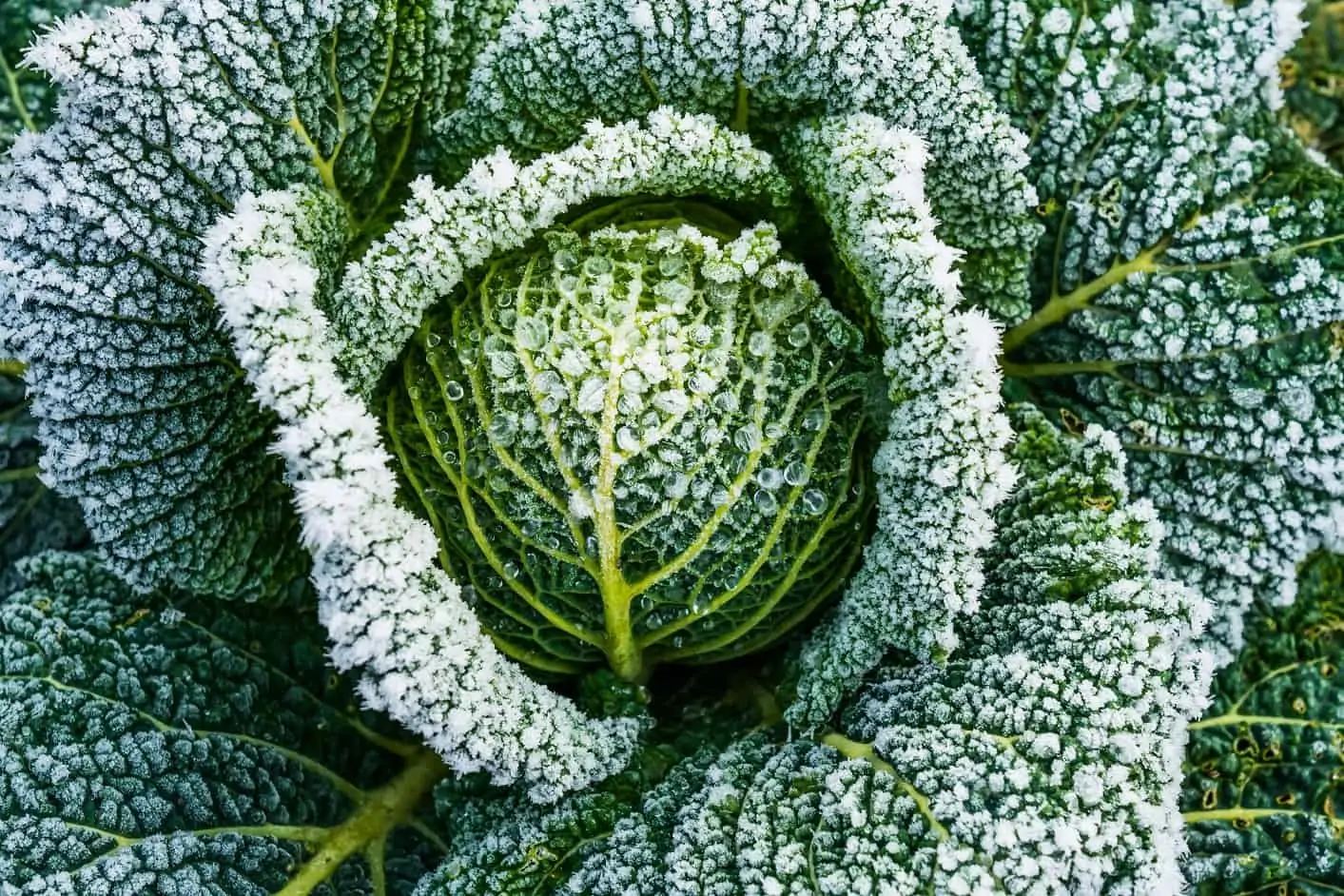
With the winter weather swiftly rolling in and temperatures plummeting, avid gardeners may be all too ready to hang up their gloves and trowel for the season ahead. Maintaining your garden and, more specifically, your vegetable patch however shouldn’t be put on hold.
Growing your own is a great way to support sustainability at home. As well as getting the satisfaction of growing your own produce (and of course, eating it!), growing your own fruits and veggies at home can save you a small fortune and offer the chance to enjoy the freshest food. Growing your own is a year-round commitment, and with the right planting and upkeep, you get to harvest a bountiful crop even during the harsher winter months.
Here we reveal why now isn’t the time to neglect your veg patch and share what delicious goodies can be planted and harvested during winter.
Garlic
Garlic is a flavoursome addition to a wide range of dishes – if you’re looking for a little inspiration, try these great garlic recipes. They’re also extremely easy to plant and care for, especially during winter.
If you live in a cooler part of the UK, your garlic sets will be successes too. Plant hardneck garlic varieties like ‘Extra Early Wight’ now, mulch to keep them moist, and countdown to your summer harvest.
Spinach
Spinach is a great option for plots big and small. This deliciously healthy, green vegetable can be planted and harvested successively throughout the autumn and winter months, with their cut and come back again leaves making for a continuous crop.
Again keep the soil as moist and frost-free as possible for fresh spinach all winter long.
Broad beans
Broad bean varieties, such as ‘Aquadulce Claudia’, thrive when planted between November and March. This hardy vegetable doesn’t take long to establish and requires very little care or overwintering. Plant now to enjoy perfectly formed broad beans come spring.
Peas
Pea seedlings do particularly well when planted in November, but do need protection from the harsher winter weather conditions. When planting and taking care of your peas, investing in a cloche is a great idea as Garden Furniture Centre details:
“Frost is the obvious danger for those early plantings but heavy rain and high winds can also create havoc. Later in the season cloches can be used to protect the established crop from unexpected early frosts so it has the chance to grow fully before harvesting. Winter hardy crops such as spinach carried overwinter under cloches are less mud splashed and more tender as a result of their cosseted life.”
Celeriac
If you had a busy spring sowing celeriac, now’s the time to enjoy this unusual vegetable at its best. Again protection from the worst of the British weather is recommended. Celeriac is however extremely hardy and very easy to grow, even if the weather was far from ideal during summer.
Harvest between September and December for that delectable celeriac taste. Eat your harvested celeriac raw, mashed or roasted, and even include it on your Christmas lunch menu.
Brussel sprouts
We couldn’t mention winter veg without giving a nod to this seasonal favourite. After sowing in late spring and planting out in early summer, you’ll now get to harvest your sprouts just in time for the festive season.
Harvest during November, December and January, removing from your veg patch after the first frosts for a sweeter taste.
Just harvested your delicious winter veggies? Discover the best ways to store vegetables and fruits in your kitchen.
Image: macondo, Iuliia Karnaushenko / Shutterstock.com
